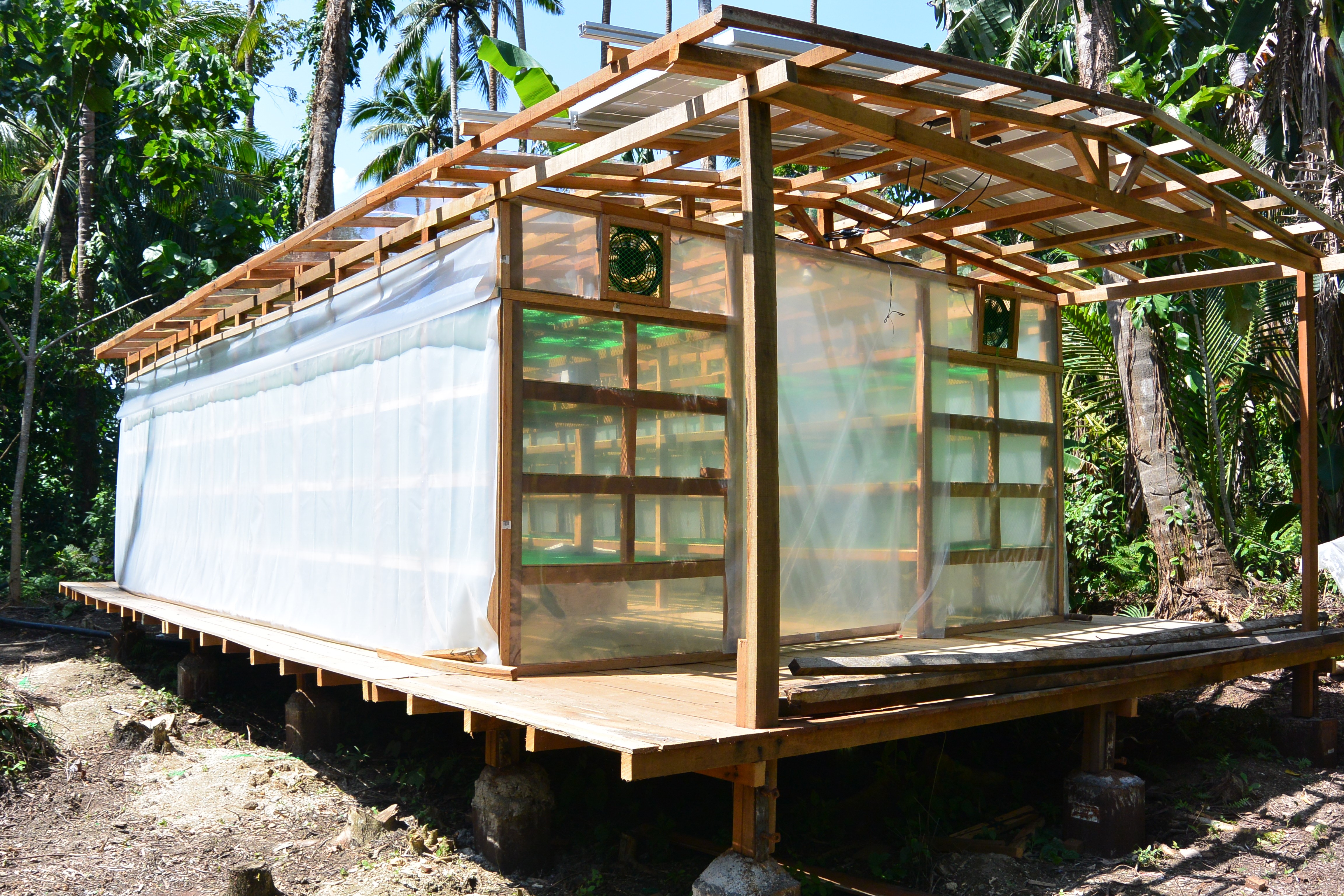Projects
Optimization and Pilot Testing of the Developed Drying System for Seaweeds
Funding Agency: Department of Science and Technology – Philippine Council for Agriculture, Aquatic and Natural Resources Research and Development (DOST-PCAARRD)
Implementing Agency: Center for Agri-Fisheries and Biosystems Mechanization (BIOMECH)
Personnel: Ronel S. Pangan – Project Leader, Mel Vincent A. Ampo – Project Staff, Ynno E. Barredo – Project Staff, Emmanuel C. Repoldo – Laboratory Aide
Seaweed farming is one of the major sources of livelihood for many of the Philippines’ fisherfolk living in coastal areas. An existing problem in the seaweed post-production value chain can be pointed to the underdeveloped drying system. This drying system, which dominantly utilizes direct sun drying, is easily hampered if there are unfavorable changes in the weather condition such as sudden precipitation. In addition, the lack of sturdy and viable drying cover has significantly increased the risk of contamination that compromises the quality, which in turn lowers the commanding price of the dried seaweeds.
To answer the need for a faster and more efficient seaweed drying operation, a seaweed dryer was designed and developed. With the introduction of the seaweed dryer, farmers can dry their harvest even during cloudy or rainy days since the dryer is fully covered, and it can be used either for solar or air drying. Two types of dryers were developed: permanent-type (Figure 1) and floating-type (Figure 2). The mobility of the floating-type dryer is an advantage especially for seaweed farms located far from the community since hauling time is significantly reduced. For areas frequently visited by typhoons, the permanent-type with sturdier foundation is recommended.
Preliminary drying activities revealed that the initially developed dryer effectively reduced the drying time from five to three days and rendered the dried seaweeds with highly desirable qualities. Although the initial dryer’s performance was satisfactory, several modifications and improvements can still be incorporated into the design to achieve optimal configuration in terms of drying performance, structural soundness and ease of operation. An optimization study was then carried out to determine the ideal adjustment of the foldable greenhouse siding and the use of exhaust fans under different weather conditions. A field validation test later confirmed that the determined optimal setting effectively hastened the drying time with a range of 2.5 to 3 days, signifying the positive drying effect exhibited by the dryer. It was also verified that the dryer could dry up to two tons of fresh seaweeds. The resulting improvements consequently marked the readiness of the developed seaweed drying system for commercial application.

Figure 1. Permanent-type Seaweed Dryer

Figure 2. Floating-type Seaweed Dryer
